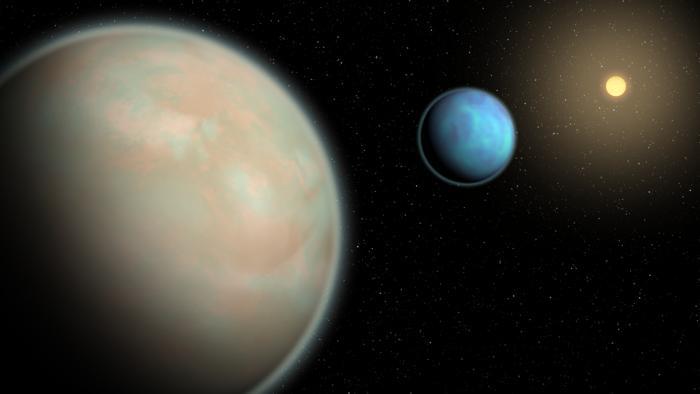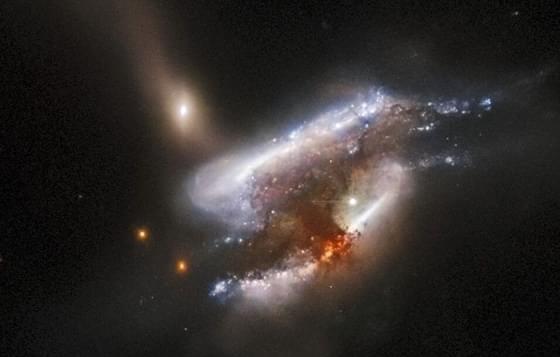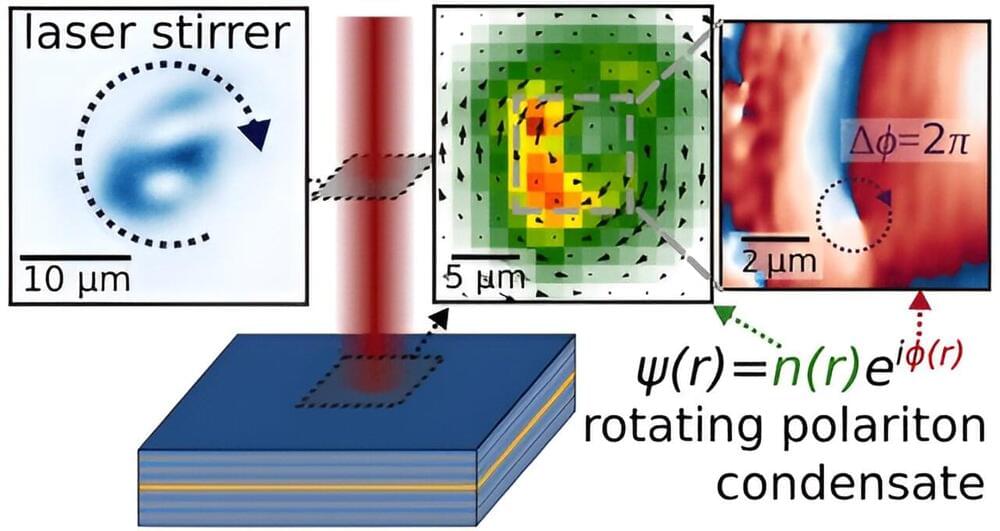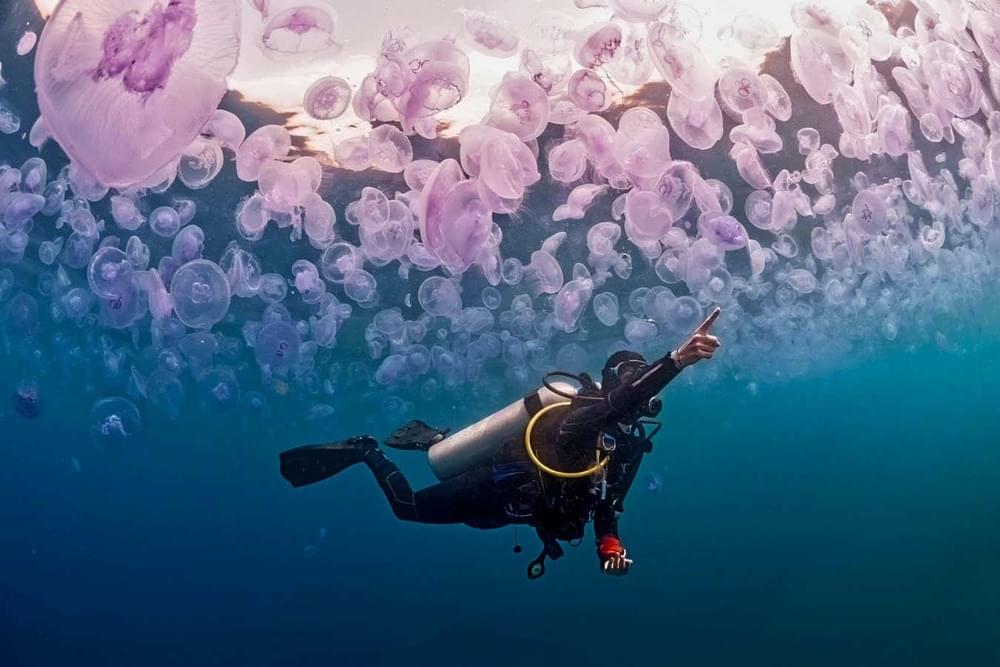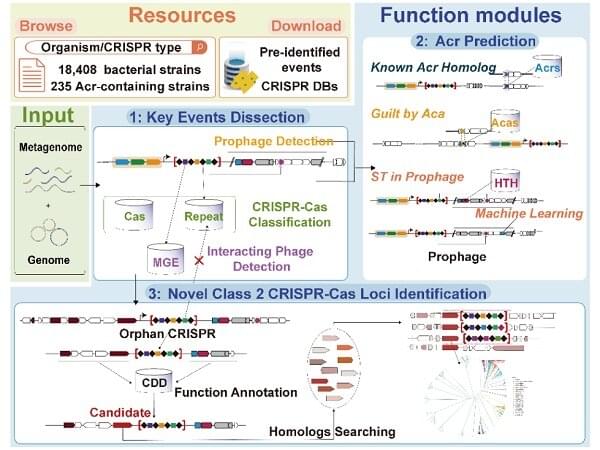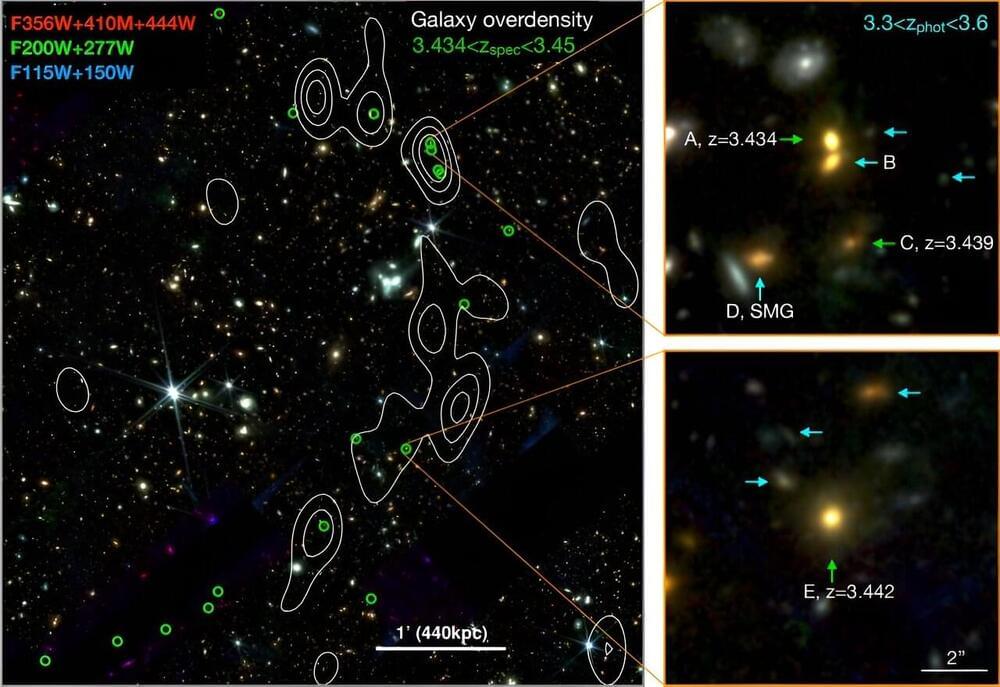Nov 29, 2023
From The Big Bang To The Present: The Evolution Of The Universe
Posted by Dan Breeden in categories: cosmology, evolution, physics
Author: Sharika Dhakappa The Big Bang is the most widely accepted theory of how the universe originated. Most physicists believe that the tremendously large universe we observe today began as a tiny, dense point. If the evolution of the universe till today were to be depicted as a movie, the Big Bang would be the beginning of it. We do not yet know what came before the Big Bang or whether that is even a meaningful question to ask. The cosmic movie would run for 13.8 billion years which is the current age of the universe as estimated by the WMAP satellite.

